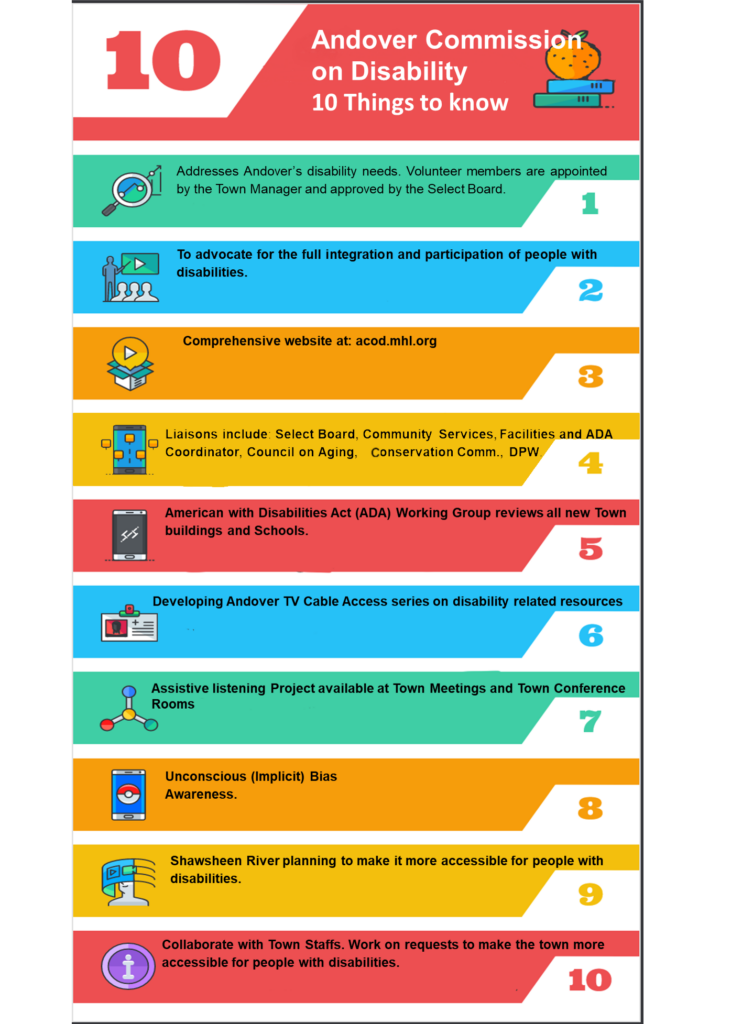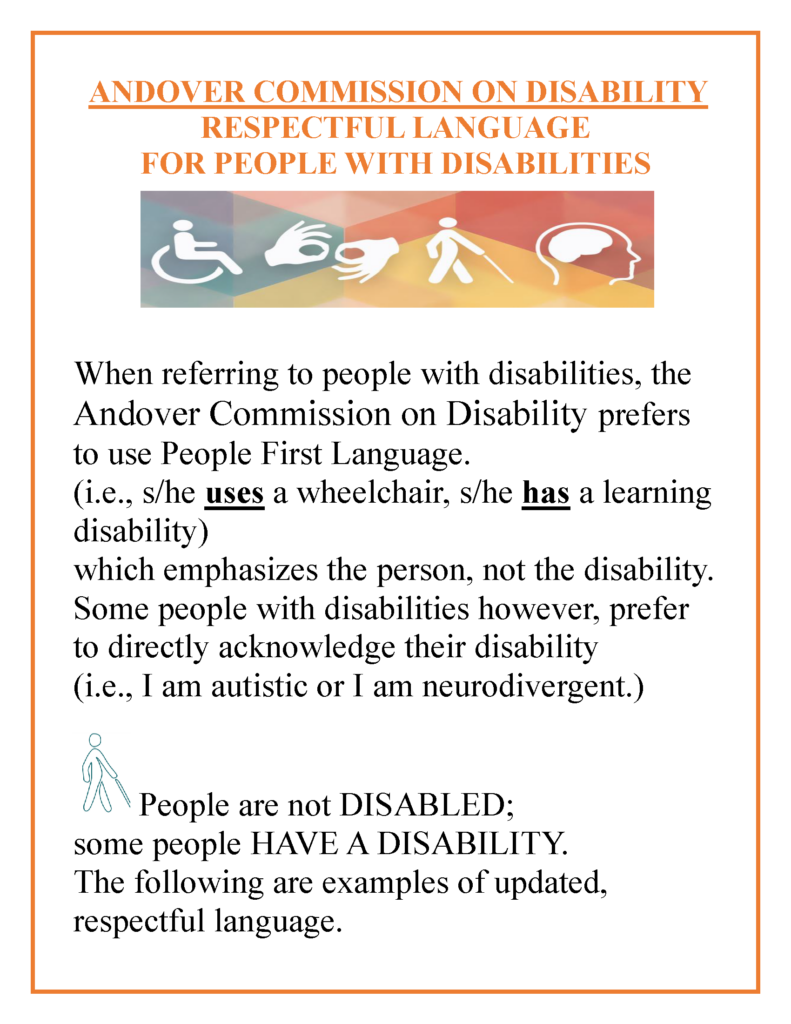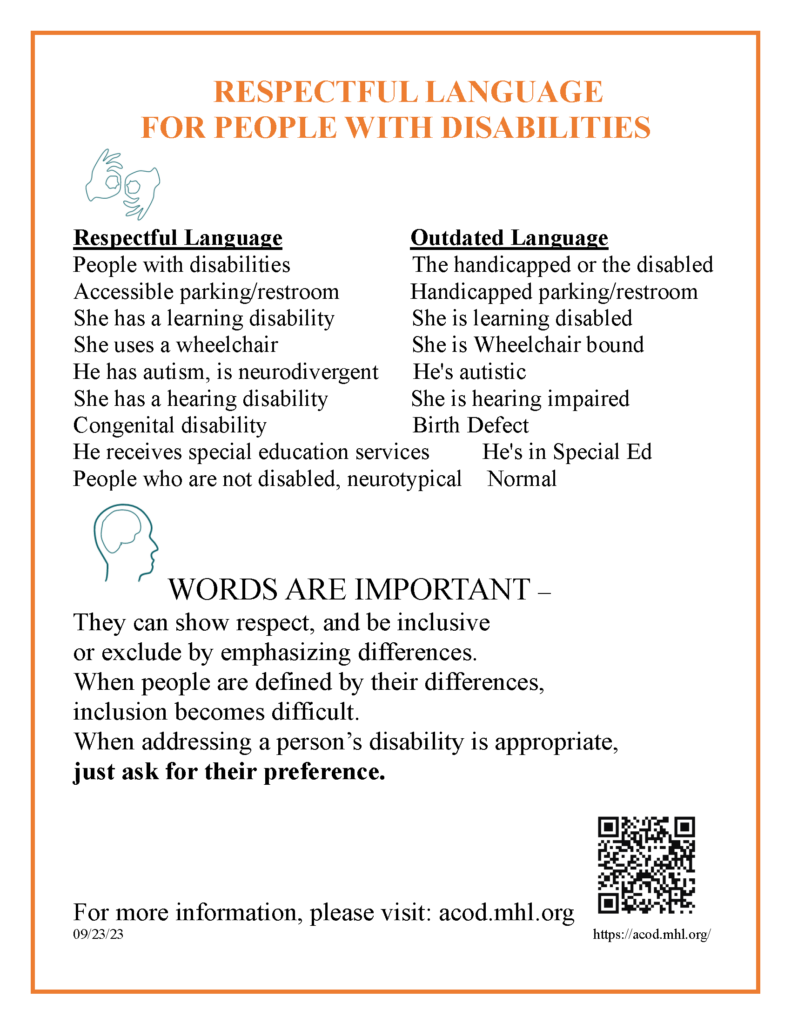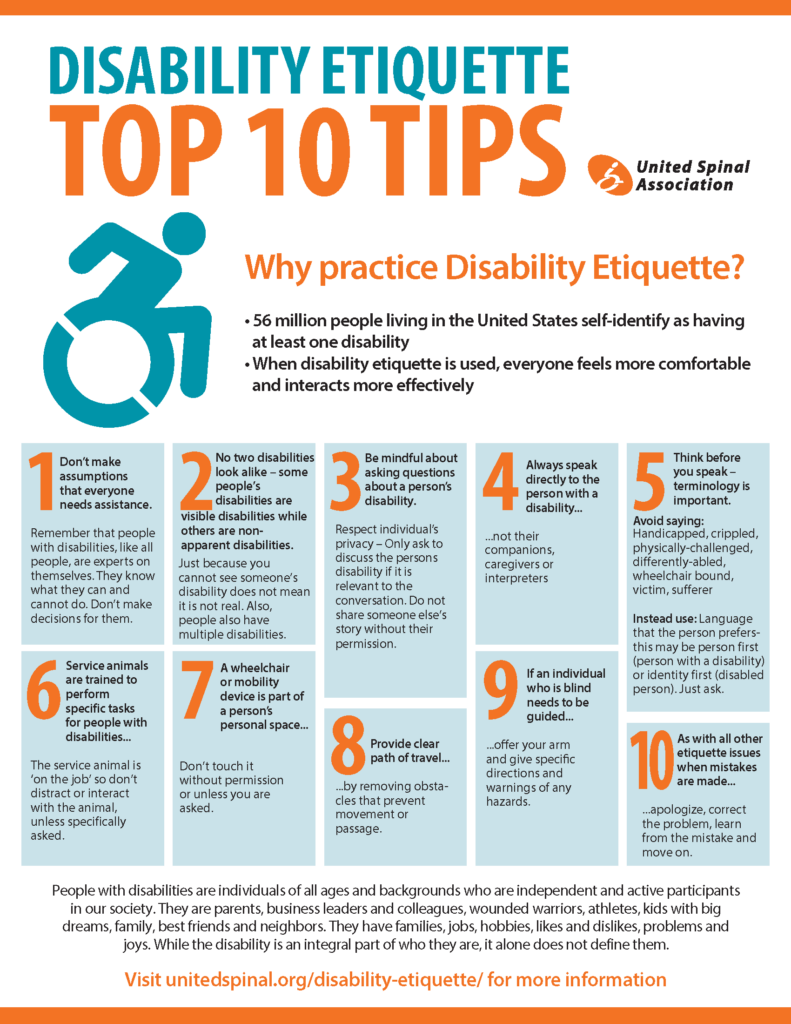Common Barriers to Participation Experienced by People with Disabilities

Nearly everyone faces hardships and difficulties at one time or another. But for people with
disabilities, barriers can be more frequent and have more significant impact. The World Health
Organization (WHO) describes barriers as being more than just physical obstacles. Here is the WHO definition of barriers: “Factors in a person‘s environment that, through their absence or presence, limit functioning and create disability. These include aspects such as:
- a physical environment that is not accessible,
- lack of relevant assistive technology (assistive, adaptive, and rehabilitative devices),
- negative attitudes of people towards disability,
- services, systems, and policies that are either nonexistent or that hinder the involvement
- of all people with a health condition in all areas of life.”
Often multiple barriers can make it extremely difficult or even impossible for
people with disabilities to function. Here are the seven most common obstacles. Often, more than one barrier occurs at a time.
• Attitudinal
• Communication
• Physical
• Policy
• Programmatic
• Social
• Transportation


Commission on Disability – 10 Things to Know



